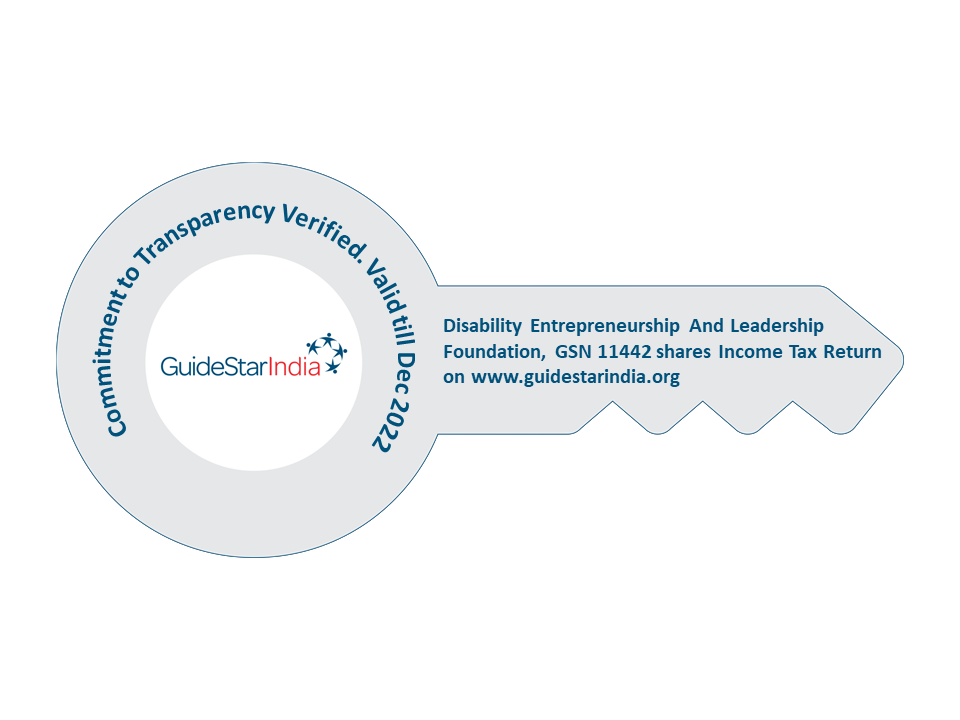Welcome to the eighth and final series of ‘Game of cards helps promote awareness and community engagement’. These series were based on the nutrition card game created by Dr. Bharati Chimmad from University of Agricultural Sciences Dharwad (UASD).
These series of blogs were all about healthy eating and knowing about the nutrients present in the food that we eat. Knowing the nutrients in the food we consume helps us to know if we are having a balanced diet and also helps is to stay healthy and achieve our goals (weight loss, weight gain etc.).
Eating healthy is the best choice to make for your diet. It is vital for good health and can reduce the risk of numerous chronic health conditions. It also helps maintain a healthy weight and gives you more energy to enjoy life.
Today we will let you the nutrient contents of radish, okra (lady’s fingers), red spinach, carrot, pomegranate, muskmelon, guava and watermelon. Before we go to the nutrients, let us remind you how the game of nutrient cards goes
There is a pack of seventy three health and nutrition cards. Each card contains a colorful image of the food produce for example vegetable, fruit etc. with nutrition information printed on its reverse. The packs of cards are shuffled before being distributed equally among players without disclosing the nutrition information contained in the cards. Each player arranges his or her cards in a neat pile without disclosing to other players the content of his or her cards.
In the first round, the topmost card will be picked up by the first player and the name of the food and the main nutrient content is announced aloud. Other players follow and do the same. Cards from respective players are compared to see which card has the topmost nutrition value. The player who declares highest nutrient content gains all the cards that were played in that round. The game continues and the player who ends up with most number of cards is the winner. The health and nutrition card game is a simple yet meaningful way to promote awareness of nutrition information among children and help imbibe healthy eating habits at an early age.
Radish:
Radish is a root vegetable with a crisp texture and a peppery rich flavor. The hotness of the radish varies from mild to very strong depending on the age and type. Radish offers many health benefits. It reduces the risk of diabetes, enhances liver function and cardiovascular improvement. It contains the following nutrients:
Per 100g
| Energy (Kcal) | 17 |
| Protein (g) | 0.7 |
| Dietary fiber (g) | 2.3 |
| Calcium (mg) | 35 |
| Iron (mg) | 0.4 |
| Vitamin C (mg) | 15 |
Okra (Lady’s fingers):
Okra, also known as lady’s fingers is a warm-season vegetable. It is a good source of minerals, vitamins, antioxidants and fiber. It contains a sticky juice that people use to thicken sauces. Okra contains beneficial antioxidants, may lower heart disease risk, may have anticancer properties, lowers blood sugar and is also beneficial for pregnant women. It contains the following nutrients:
Per 100g
| Energy (kcal) | 35 |
| Protein (g) | 1.9 |
| Dietary fiber (g) | 3.6 |
| Calcium (mg) | 66 |
| Iron (mg) | 0.35 |
| Vitamin C (mg) | 13 |
Red spinach:
Red spinach gets its name from its bright red colored leaves. These vegetables are a staple diet in many parts of India and are said to have traveled from the African and Central American regions. Indian red spinach is known for its high nutritional value including iron, vitamins and minerals. Red spinach promotes better digestion, rich in iron levels, prevents kidney disorders, improves vision, treats dysentery, maintains blood pressure and aids in weight loss.
Per 100g
| Vitamin A (pg) | 930 |
| Calcium (mg) | 200 |
| Energy (kcal) | 32 |
| Protein (g) | 2.8 |
| Dietary fiber (g) | 2.5 |
| Iron (mg) | 10 |
Carrot:
Carrot is a root vegetable often claimed to be the perfect health food. It is crunchy, tasty and highly nutritious. Carrots are particularly good source of beta carotene, fiber, vitamin K1, potassium and antioxidants. They are weight-loss friendly food, lowers cholesterol levels and promotes eye health. It has the following nutrients:
Per 100g
| Vitamin A (pg) | 236.25 |
| Vitamin C (mg) | 3 |
| Calcium (mg) | 80 |
| Energy (kcal) | 48 |
| Protein (g) | 0.9 |
| Dietary fiber (g) | 4.4 |
| Iron (mg) | 1.03 |
Pomegranate:
Fresh juice doesn’t have to be green or full of spinach to be healthy. Pomegranate juice contains more than 100 phytochemicals. The pomegranate fruit has been used for thousands of years as medicine. Pomegranate offers a lot of health benefits. It contains antioxidants, prevents cancer, protects from Alzheimer’s disease, helps digestion, anti-inflammatory, reduces heart disease and lowers blood pressure. It contains the following nutrients:
Per 100g
| Energy (kcal) | 65 |
| Protein (g) | 1.6 |
| Dietary fiber (g) | 2.8 |
| Calcium (mg) | 10 |
| Iron (mg) | 1.79 |
| Vitamin C (mg) | 16 |
Muskmelon:
Muskmelon is a species of melon that belongs to the gourd family. It is closely related to other plants like squash, pumpkin, zucchini and watermelon. Muskmelon supports immune function, promotes weight loss and decreases inflammation. It contains the following nutrients:
Per 100g
| Energy (kcal) | 17 |
| Protein (g) | 0.3 |
| Dietary fiber (g) | 0.8 |
| Calcium (mg) | 32 |
| Iron (mg) | 1.4 |
| Vitamin C (mg) | 26 |
Guava:
Guava fruits are amazingly rich in antioxidants, vitamin C, potassium, and fiber. This remarkable nutrient content gives them many health benefits. Guavas may help lower blood sugar and may boost heart health. They contain the following nutrients:
Per 100g
| Vitamin C (mg) | 212 |
| Calcium (mg) | 10 |
| Energy (kcal) | 51 |
| Protein (g) | 0.9 |
| Dietary fiber (g) | 8.5 |
| Iron (mg) | 0.27 |
Watermelon:
Watermelon is a delicious and refreshing fruit that is also good for you. It contains only 46 calories per cup but is high in vitamin C, vitamin A and many healthy plant compounds. Watermelon helps you hydrate, contains compounds that may prevent cancer, may improve heart health, may lower inflammation, helps prevent macular degeneration, may help relieve muscle soreness, good for skin and hair and can improve digestion. It contains the following nutrients:
Per 100g
| Energy (kcal) | 16 |
| Protein (g) | 0.2 |
| Dietary fiber (g) | 0.6 |
| Calcium (mg) | 11 |
| Iron (mg) | 7.9 |
| Vitamin C (mg) | 1 |
That’s all we have today. We will soon be back with some more information on health and wellness in our next newsletter. Till then stay healthy and safe.


 Awarded by Guidestar India
Awarded by Guidestar India